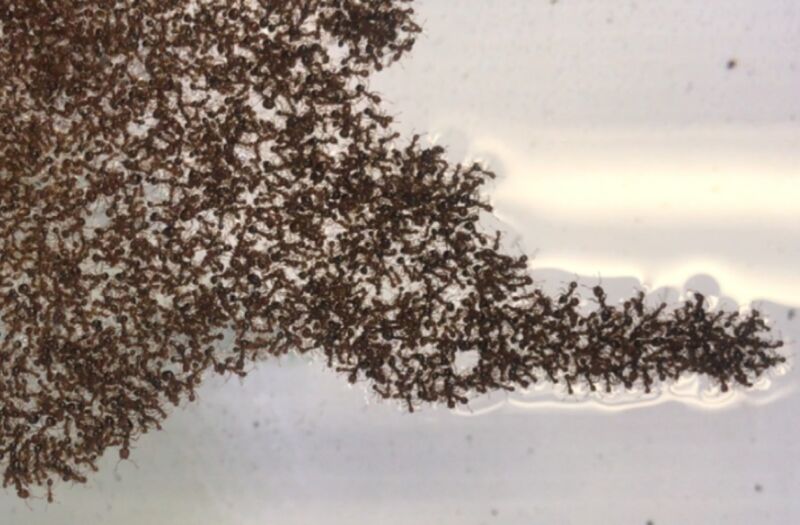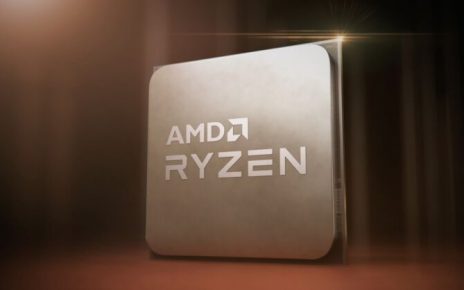
Enlarge / Fire ants form a protrusion from an ant raft. (credit: Vernerey Research Group/CU Boulder)
Fire ants are a textbook example of collective behavior, capable of behaving as individuals, and also banding together to form floating rafts in response to flooding. Now a pair of mechanical engineers from the University of Colorado, Boulder, have identified some simple rules that seem to govern how floating rafts of fire ants contract and expand their shape over time, according to a new paper published in the journal PLOS Computational Biology. The hope is that by gaining a better understanding of the simple rules underlying fire ant behavior, they can develop better algorithms controlling how swarms of robots interact.
It’s not a matter of brain power or careful planning. “This behavior could, essentially, occur spontaneously,” said co-author Robert Wagner. “There doesn’t necessarily need to be any central decision-making by the ants.” Indeed, “Single ants are not as smart as one may think, but, collectively, they become very intelligent and resilient communities,” said co-author Franck Vernerey.
As we’ve reported previously, a few ants spaced well apart behave like individual ants. But pack enough of them closely together, and they behave more like a single unit, exhibiting both solid and liquid properties. They can form rafts or towers, and you can even pour them from a teapot like a fluid. Fire ants also excel at regulating their own traffic flow.





